
Flambards is a novel for children or young adults by K. M. Peyton, first published by Oxford University Press in 1967 with illustrations by Victor Ambrus. Alternatively, "Flambards" is the trilogy (1967–1969) or series (1967–1981) named after its first book. The series is set in England just before, during, and after World War I.

James Warhola is an American artist who has illustrated more than two dozen children's picture books since 1987.
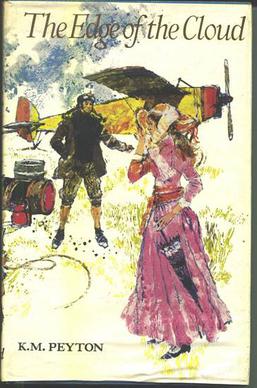
The Edge of the Cloud is a 1969 historical novel written for children or young adults by K. M. Peyton. It was the second book in Peyton's original Flambards trilogy, comprising three books published by Oxford with illustrations by Victor Ambrus, a series the author extended more than a decade later. Set in England prior to the First World War, it continues the romance of Christina Parsons and Will Russell. The title alludes to Will's participation in early aviation.

Flambards in Summer is a novel for children or young adults by K. M. Peyton, first published by Oxford in 1969 with illustrations by Victor Ambrus. It completed the Flambards trilogy (1967–1969) although Peyton continued the story a dozen years later, and controversially reversed the ending in Flambards Divided. Set in England just after World War I, Flambards in Summer features Christina Parsons as a young widow, returning to the decrepit Flambards estate to recover a life there.

Kathleen Mary Norton, known professionally as Mary Norton, was an English writer of children's books. She is best known for The Borrowers series of low fantasy novels, which is named after its first book and, in turn, the tiny people who live secretly in the midst of contemporary human civilisation.
Chrestomanci, sometimes branded The Worlds of Chrestomanci, is a heptalogy of children's fantasy books written by British author Diana Wynne Jones, published from 1977 to 2006. In the context of the parallel universe setting of the books, Chrestomanci refers to both the British government office that is responsible for supervising the use of magic and Chrestomanci Castle in southern England, which is both residence and headquarters.
Michael Foreman is a British author and illustrator, one of the best-known and most prolific creators of children's books. He won the 1982 and 1989 Kate Greenaway Medals for British children's book illustration and he was a commended runner-up five times.
Gail E. Haley is an American writer and illustrator. She has won the annual awards for children's book illustration from both the American and British librarians, for two different picture books. She won the 1971 Caldecott Medal for A Story a Story, which she retold from an African folktale, and the 1976 Kate Greenaway Medal for The Post Office Cat, her own historical fiction about a London post office.
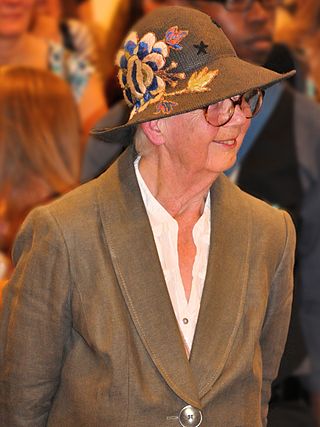
Winifred Shirley Hughes was an English author and illustrator. She wrote more than fifty books, which have sold more than 11.5 million copies, and illustrated more than two hundred.
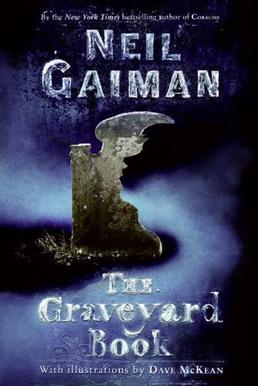
The Graveyard Book is a young adult novel written by the English author Neil Gaiman, simultaneously published in Britain and America in 2008. The Graveyard Book traces the story of the boy Nobody "Bod" Owens who is adopted and reared by the supernatural occupants of a graveyard after his family is brutally murdered.

Storm is a novella and picture book written by Kevin Crossley-Holland, illustrated by Alan Marks, and published by Heinemann in 1985. It was the first children's book for Marks. The story features modern cottagers near a marshland with a renowned ghost. The younger daughter must cross the marsh alone in a family emergency, with telephone service down during a storm,.

City of Gold and other stories from the Old Testament is a collection of 33 Old Testament Bible stories retold for children by Peter Dickinson, illustrated by Michael Foreman, and published by Victor Gollancz Ltd in 1980. The British Library Association awarded Dickinson his second Carnegie Medal recognising the year's outstanding children's book by a British subject and highly commended Foreman for the companion Kate Greenaway Medal.
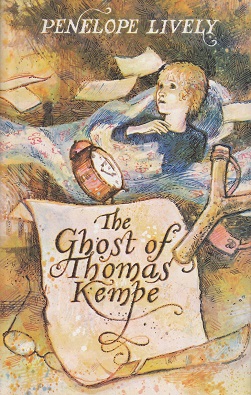
The Ghost of Thomas Kempe is a low fantasy novel for children by Penelope Lively, first published by Heinemann in 1973 with illustrations by Anthony Maitland. Set in present-day Oxfordshire, it features a boy and his modern family who are new in their English village, and seem beset by a poltergeist. Soon the boy makes acquaintance with the eponymous Thomas Kempe, ghost of a 17th-century resident sorcerer who intends to stay.

The Little Grey Men: A story for the young in heart is a children's fantasy novel written by Denys Watkins-Pitchford under the pen name "BB" and illustrated by the author under his real name. It was first published by Eyre & Spottiswoode in 1942 and it has been reissued several times. Set in the English countryside, it features the adventures of four gnomes who may be the last of their race. At the same time it features the countryside during three seasons of the year.

The Moon in the Cloud is a light-hearted children's historical fantasy novel by Rosemary Harris, published by Faber in 1968. It is set in ancient Canaan and Egypt at the time of the Biblical Flood and rooted in the story of Noah's Ark. It is the first book of a series sometimes called the Egyptian trilogy, followed by The Shadow on the Sun (1970) and The Bright and Morning Star (1972).

Collected Stories for Children is a collection of 17 fantasy stories or original fairy tales by Walter de la Mare, first published by Faber in 1947 with illustrations by Irene Hawkins. De la Mare won the annual Carnegie Medal recognising the year's best children's book by a British subject. It was the first collection to win the award and the first time that previously published material had been considered.
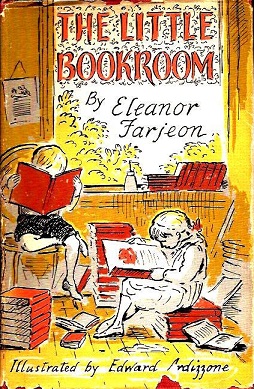
The Little Bookroom is a collection of twenty-seven stories for children by Eleanor Farjeon, published by Oxford University Press in 1955 with illustrations by Edward Ardizzone. They were selected by the author from stories published earlier in her career. Most were in the fairy tale style.
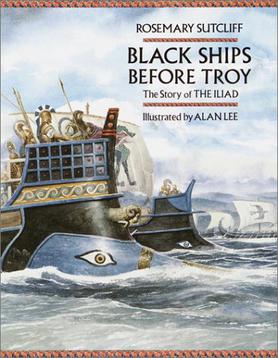
Black Ships Before Troy: The story of the Iliad is a novel for children written by Rosemary Sutcliff, illustrated by Alan Lee, and published (posthumously) by Frances Lincoln in 1993. Partly based on the Iliad, the book retells the story of the Trojan War, from the birth of Paris to the building of the Trojan Horse. For his part Lee won the annual Kate Greenaway Medal from the Library Association, recognizing the year's best children's book illustration by a British subject.
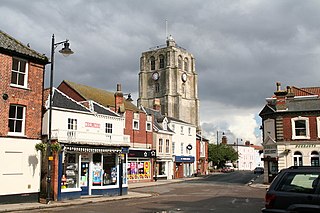
Hester Burton was an English writer, mainly of historical fiction for children and young adults. She received the Carnegie Medal for her 1963 novel Time of Trial, which like many of her books was illustrated by Victor Ambrus.

Agnes Allen (1898–1958) was an English author of children's books. She won the Carnegie Medal for British children's books in 1949 for The Story of Your Home, a non-fiction book that traces the history of homes in the British Isles, from caves to castles to skyscrapers. It was the second non-fiction book to win the Carnegie Medal, and featured detailed line drawings by Allen and her husband, Jack.
















